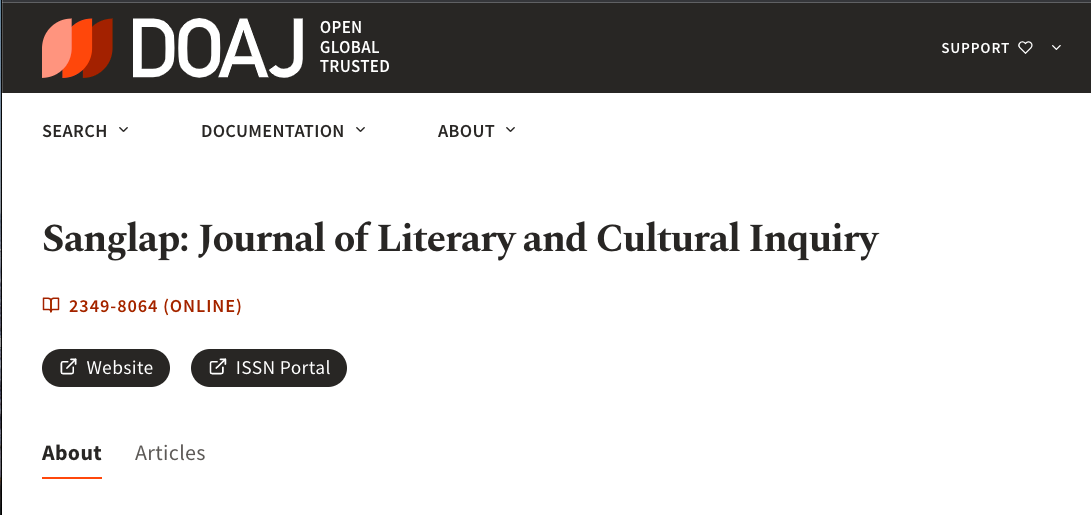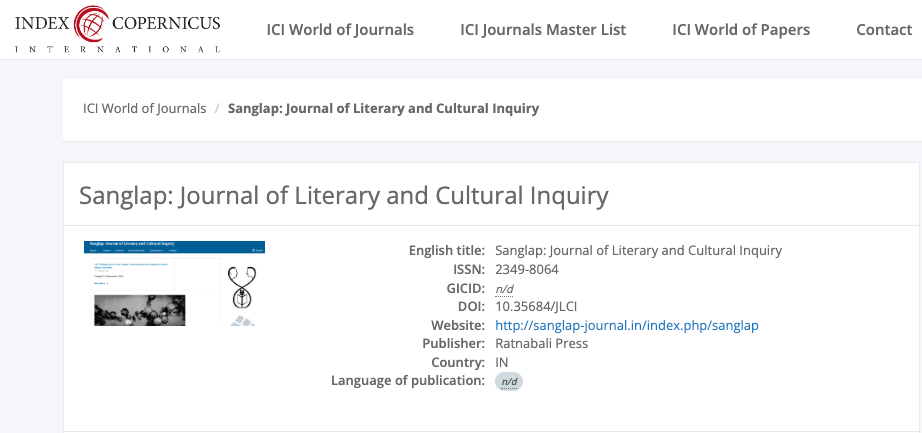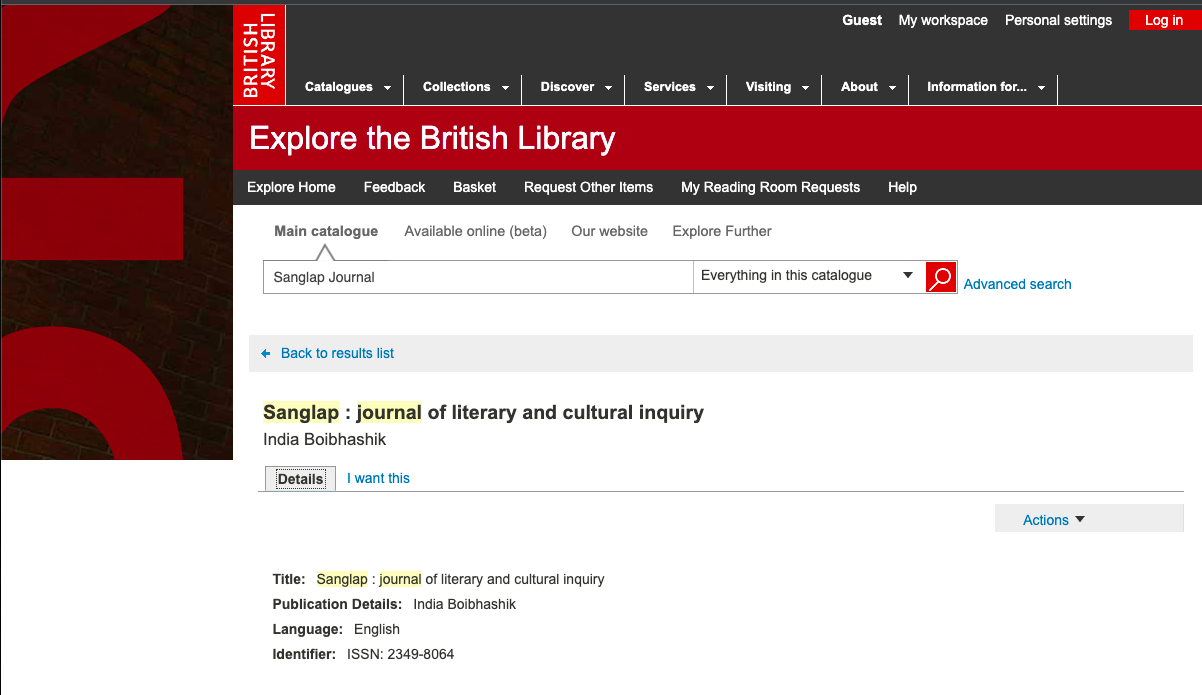Goopy Gayen Bagha Bayen:
The Latent Contours of Caste
Keywords:
Caste, Humiliation, Humour, Fantasy, BengalAbstract
In this paper I read a specific moment of GupiGayenBhaghaBayen (1968), a children’s fantasy film by Satyajit Ray, as an instance of everyday caste experiences. I imagine the contours of caste – lying somewhat covert yet significantly bearing on the diegesis of the film – through the structure of humiliation. The reading moves around few basic questions: how do we trace the real-discursive presence of caste in Bengal? How do we read the unassuming events of caste discrimination? This is a multi-layered film where Ray talks about the villages and people of Bengal depicting relationships, poverty, politics, kingship, war, magic and several other things. Caste based discriminations operate within this inter-sectional arrangement. It is never expressed in direct terms. I talk about the film as it hints at one of the ways caste has functioned in Bengal – inconspicuous-ordinary yet oppressive and humiliating.











